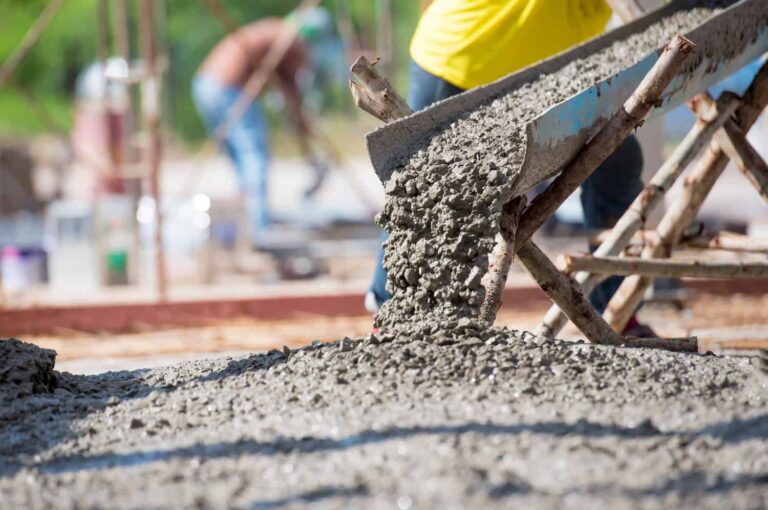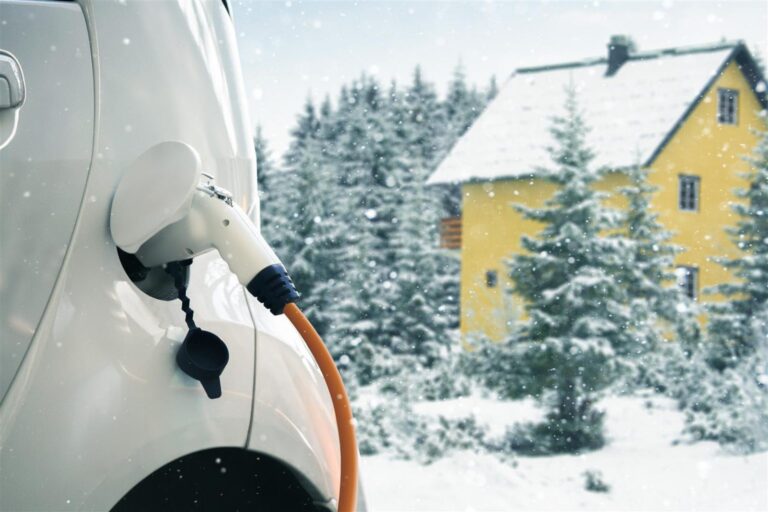
Table of Contents
What Is Limescale and Why Does It Accumulate in Toilets?
Limescale is a hard, chalky residue that forms when calcium and magnesium minerals in hard water settle and solidify. In toilets, this build-up is common due to the constant presence of standing water in the bowl and tank. Over time, limescale becomes unsightly and can harbor bacteria, contribute to unpleasant odors, and even interfere with the toilet’s flushing performance.
Key Causes of Limescale Build-Up in Toilets
Toilets are especially prone to limescale build-up due to several common factors. These include hard water, infrequent cleaning, stagnant water in the bowl, and slow leaks from the cistern. The higher the mineral content in your water supply, the faster limescale can accumulate.
How to Clean Limescale from Toilet: Effective Removal Methods
When determining how to clean limescale from toilet surfaces, there are multiple proven strategies. These methods fall into two main categories: natural cleaning remedies and chemical-based cleaners. The best method will depend on the severity and extent of the limescale.
Natural Cleaning Methods
Natural ingredients offer an environmentally friendly and affordable way to deal with moderate limescale without the use of harsh chemicals.
White Vinegar and Baking Soda
White vinegar combined with baking soda is one of the most trusted natural methods. Begin by pouring 500ml of white vinegar into the toilet bowl, targeting limescale-affected areas. Let it sit for at least 2–4 hours, or overnight for heavier build-up. Then sprinkle a few tablespoons of baking soda into the bowl. Scrub the area with a toilet brush, focusing on the waterline and under the rim, and flush to rinse.
Lemon Juice and Borax Paste
Lemon juice and borax create a powerful natural descaler. Mix borax with lemon juice until a thick paste forms. Apply it directly to the stained areas and let it sit for 30 minutes. Scrub thoroughly with a toilet brush, then flush to remove loosened deposits. The citric acid in lemon helps dissolve minerals, while borax adds gentle abrasion.
Chemical Cleaning Solutions
For more stubborn limescale, commercial cleaners may be required. These products are specially formulated to dissolve mineral deposits quickly and effectively.
Commercial Toilet Descalers
Most toilet descalers contain acids such as hydrochloric or sulfamic acid that aggressively break down limescale. Always wear gloves and ensure the area is ventilated. Pour the cleaner into the bowl as directed on the label and let it sit for 15–30 minutes. Scrub thoroughly with a toilet brush and flush to rinse.
Pumice Stone Method
A pumice stone is useful for scraping away hardened limescale without damaging porcelain when used correctly. Soak both the stone and the toilet bowl with water before gently rubbing the limescale-stained areas. Use light pressure to avoid scratches and flush afterward to clear away residue.
Preventing Limescale Build-Up in Toilets
Cleaning limescale is important, but preventing it is even more effective. Regular maintenance routines and a few preventative measures can significantly reduce build-up over time.
Routine Cleaning Practices
To prevent limescale, rinse the toilet bowl weekly with white vinegar. This neutralizes minor mineral deposits before they harden. Use a toilet brush regularly, even if the toilet looks clean, to disrupt early deposits. Pay special attention to cleaning under the rim, where build-up can go unnoticed.
Long-Term Prevention Techniques
In hard water regions, installing a water softener can greatly reduce the amount of calcium and magnesium in your supply, thereby slowing limescale formation. In-cistern tablets can also help prevent deposits with every flush. Be sure to use only tablets safe for your plumbing system. Finally, fix any leaking cisterns promptly—constant dripping can cause continuous limescale accumulation.
Final Thoughts
Knowing how to clean limescale from toilet surfaces is essential for maintaining cleanliness, hygiene, and plumbing efficiency. Whether you opt for natural remedies like vinegar and baking soda or more powerful chemical solutions, effective limescale removal is achievable with a few simple steps.
With routine cleaning and preventative care, you can avoid heavy build-up and ensure your toilet remains fresh, functional, and stain-free. Regular attention will not only make cleaning easier but also extend the lifespan of your toilet.




